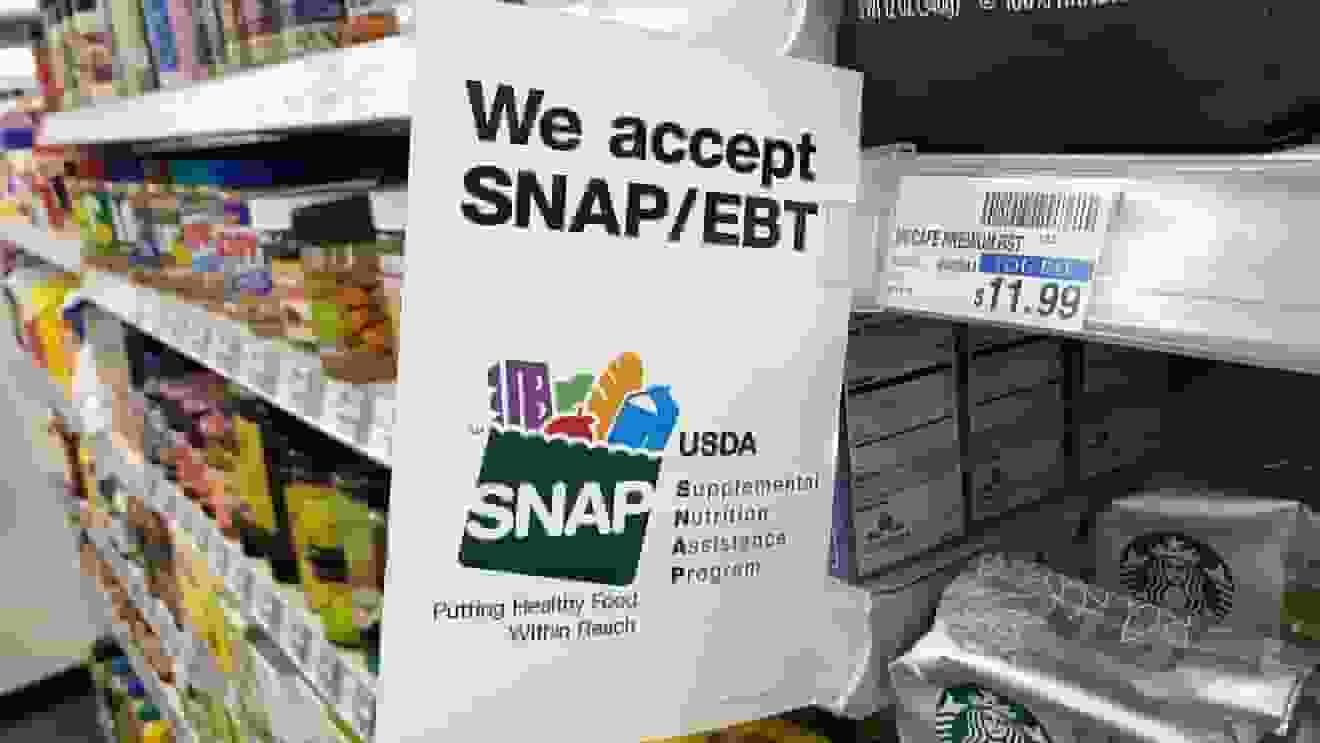A three-year emergency allotment that provided low-income households with extra funds for groceries via the Supplemental Nutrition Assistance Program (SNAP) is coming to an end in 32 states and Washington, D.C., at the end of February, based on a report by Axios on January 29, 2023. This move is expected to cause a financial strain on those already struggling, as the average monthly benefit of $253.43 will now be insufficient. The end of the emergency allotments was originally set to occur in May, when the COVID emergency was expected to end. However, a recent change in the government spending bill cut the aid short, leading to increased hardship for food-insecure families in some states.
The SNAP program is a widely used public assistance program that provides benefits to 42.3 million participants, according to the latest data from the USDA. Eligibility for the program is based on income, and it provides an average monthly benefit of $253.43 for groceries. The end of the emergency allotments will not only affect current SNAP recipients but also seniors who have been disqualified from receiving SNAP due to a recent Social Security cost of living increase. This could result in increased demand for food banks and longer lines for those in need.
Based on the official website of the USDA on January 25, 2023, it predicts that food prices will increase by 4.2% to 10.1% in 2023, exacerbating the issue for those struggling to make ends meet. The end of the emergency allotments may also hinder progress towards ending hunger by 2030, as SNAP is a crucial program in addressing food insecurity in the United States.




![Tyson Foods Plant [Photo: Food Manufacturing]](https://southarkansassun.com/wp-content/uploads/2023/08/iStock_1185520857__1_.5e441daa51cca-600x337.jpg)








![Silverado Senior Living Management Inc. [Photo: Los Angeles Times]](https://southarkansassun.com/wp-content/uploads/2023/10/download-6-4-600x337.jpg)

![China's Wuhan Institute of Virology [Photo: Nature]](https://southarkansassun.com/wp-content/uploads/2023/09/d41586-021-01529-3_19239608-600x337.jpg)















